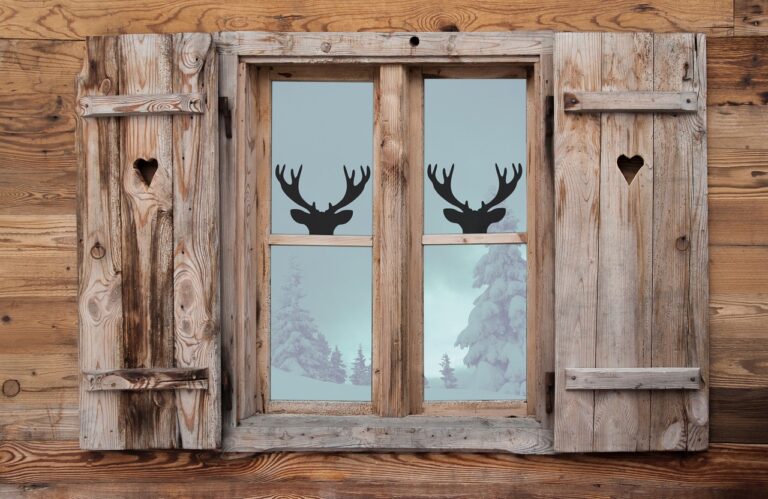Navigating the World of Vintage Clothing
The concept of vintage clothing traces back to the early 20th century when individuals began to view fashion as a form of self-expression and nostalgia. As styles continued to evolve, people sought out unique and one-of-a-kind pieces from previous eras, giving rise to the popularity of vintage fashion. It wasn’t until the 1960s and 1970s, however, that vintage clothing truly became a mainstream trend, embraced by both fashion-forward individuals and designers looking for inspiration from the past.
In the 1980s and 1990s, vintage clothing experienced a resurgence in popularity, with curated boutiques and thrift stores offering a wide selection of garments from various decades. This era also saw the emergence of vintage fashion as a form of sustainable and eco-friendly shopping, as consumers became more conscious of the impact of fast fashion on the environment. Today, vintage clothing continues to be a beloved fashion choice for those who appreciate the craftsmanship, history, and individuality that each piece embodies.
Identifying Quality Vintage Pieces
Identifying quality vintage pieces can be an exciting treasure hunt for many fashion enthusiasts. One key aspect to look for is the craftsmanship of the garment. High-quality vintage clothing often showcases intricate details, fine stitching, and durable materials that have stood the test of time. Paying attention to these finer details can help differentiate between a well-made vintage piece and a lower-quality item.
Another factor to consider when identifying quality vintage pieces is the brand or designer behind the garment. Established fashion houses and reputable designers are more likely to produce garments that are of superior quality compared to mass-produced items. Researching the history and reputation of a particular brand or designer can provide valuable insights into the quality and authenticity of a vintage piece.
How to Properly Care for Vintage Clothing
To preserve the integrity and longevity of vintage clothing pieces, proper care is essential. One key aspect to remember is to always check the care label attached to the garment. Following the manufacturer’s instructions will help avoid damaging the fabric or design of the piece.
Additionally, storing vintage clothing in a cool, dry place away from direct sunlight is crucial. Sunlight can cause colors to fade and fabrics to deteriorate over time. To prevent musty odors or unnecessary wear, it is advisable to hang vintage clothing on padded hangers or fold them neatly in acid-free tissue paper.







